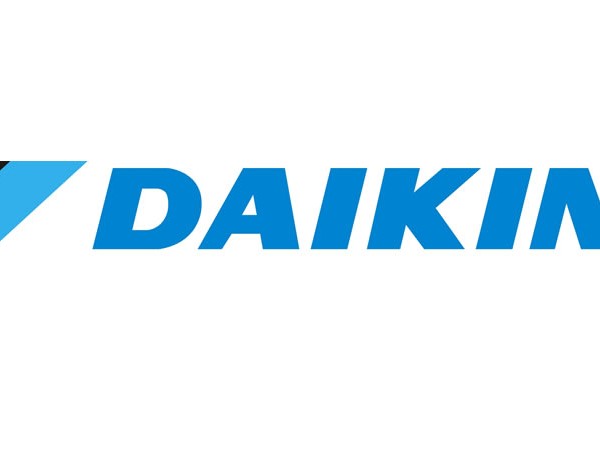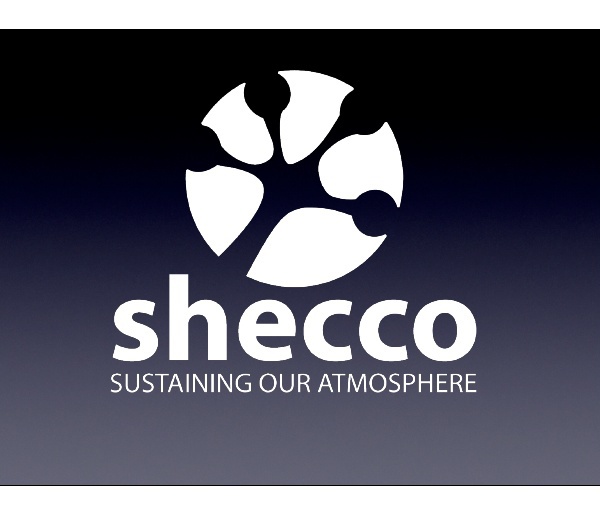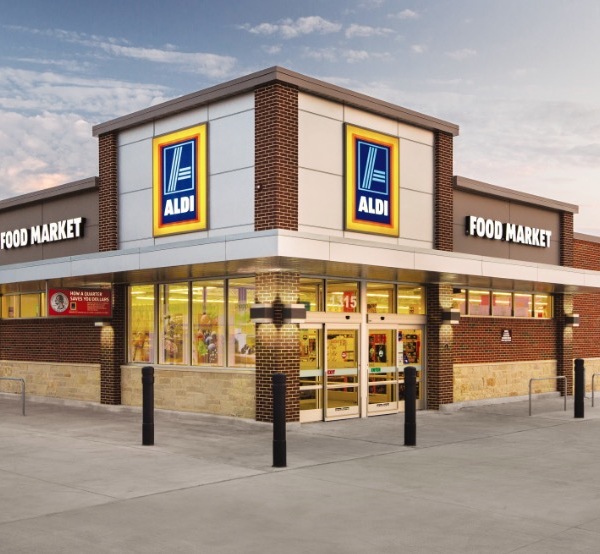Emerson announce new research programs
USA – Emerson Climate Technologies have announced that they have undertaken significant research, development and testing programs in order to help refrigeration original equipment manufacturers (OEMs) achieve compliance with new strict energy regulations. These new regulations have come about as a result of the Environmental Protection Agency’s (EPA) multiple significant new alternatives policy (SNAP) rulings on refrigerants and the Department of Energy’s (DOE) energy reduction mandates. For most commercial refrigeration OEMs complying with these regulations has now become a primary concern.
“Individually, the DOE’s and the EPA’s rulings present significant challenges. Combined, they become increasingly more difficult to address,” stated Kurt Knapke, the vice president of engineering and electronics with Emerson Climate Technologies. “As a component manufacturer, we don’t have the luxury of waiting to see what happens next. And as a company, we strive to maintain a proactive posture by relentlessly pursuing a multitude of potential solutions. So our approach to this challenge has remained consistent throughout: to rigorously engineer and evaluate component performance against potential regulatory scenarios. As a result, we can confidently say we are prepared to address both the EPA and DOE compliance challenges.”
One of the many challenges arising from the rulings is the duplication of efforts that may be required for OEMs to be in compliance with both the EPA and DOE regulations.
“The last thing we want is to develop solutions and systems that meet DOE compliance today, and then repeat that exercise in two or three years for the EPA. This scenario would result in unnecessary costs and duplication of efforts,” commented the vice president of system innovation centre and sustainability for Emerson Climate Technologies, Dr. Rajan Rajendran.
The difficulties in attaining this objective necessitates the coordination of all constituents in the commercial refrigeration supply, which means that component suppliers, equipment manufacturers and test laboratories will all need to have resources available to be able to handle the increased workload of the qualification process.
“Let us not forget that this process is linear,” continued Dr Rajendran. “We first need the refrigerants to be made available and components to become widely produced. Only then can equipment manufacturers begin to test, approve and place new equipment into production. To the extent possible, our industry should pursue refrigeration technologies that achieve both DOE and EPA regulatory compliance at once. This will be no small task, but Emerson Climate Technologies is prepared to do its part to address these challenges.”















